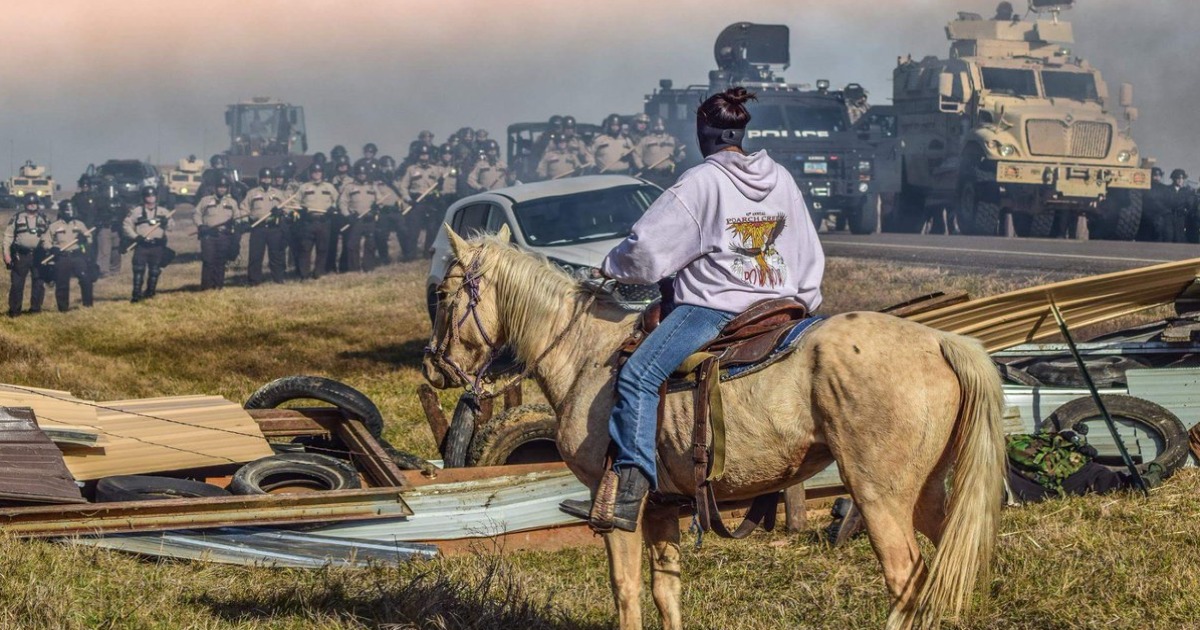The months-long protests at the Standing Rock Sioux reservation in North Dakota not only succeeded in their goal of squashing the Dakota Access Pipeline – at least for now – but also created a model that water protectors and activists nation-wide can now use to fight their own anti-pipeline battles, starting with the Trans-Pecos pipeline in Texas.
Going forward, would-be water protectors plan to use the model created by the Standing Rock protests in order to fight their own battles at the Trans-Pecos pipeline in Texas. There, an 148-mile pipeline is planned to transport natural gas through the Big Bend region of Texas through to Mexico.
Though this pipeline transports natural gas rather than oil, the plan is to fight it in the same way, focusing on raising awareness and drawing national support to put pressure on the President and his administration.
The Two Rivers camp have similar complaints about their pipeline as did the Standing Rock activists: environmental concerns and a lack of respect for tribal lands and sacred sites. As at Standing Rock, it appears that the corporation which is attempting to build this pipeline paid no mind to the sacred lands they would trample over, nor to the local communities that their pipeline might endanger.
Lori Glover, a Big Bend Defense Coalition spokeswoman who owns the land in Texas where the camps are expanding explains the protest’s goal:
“Our hope is that we can create a public pressure crisis. I hope this helps us stop the pipeline long enough to get the government and Energy Transfer Partners’ attention and push them to do the right thing.”
No doubt, the success of the protesters against the Dakota Access Pipeline has emboldened those at the Two Rivers Camp and elsewhere to stand up in their own environmental fight. The fight will continue at Standing Rock and elsewhere, but their every move is a blueprint for the future.




